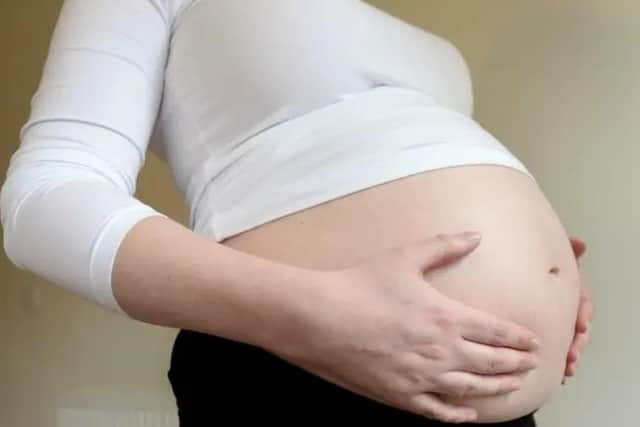Fewer teenage pregnancies in Doncaster
and live on Freeview channel 276
It follows a trend of falling conception rates across England and Wales, with the first year of the coronavirus pandemic having a particular impact on teenage pregnancies.
Office for National Statistics figures show there were 111 conceptions to girls aged under-18 in Doncaster in 2020.
This was down from 116 in 2019.


Advertisement
Hide AdAdvertisement
Hide AdThey were among 12,576 under-18 pregnancies nationally in 2020.
The conception rate among under-18s in Doncaster stood at 21.7 per 1,000 girls that year, while this plummeted 17 per cent year on year nationally to 13.1 per 1,000.
Young pregnancy rates are now at their lowest point since records began and have fallen every year since 2007.
The British Pregnancy Advisory Service said the pandemic and measures introduced in response "have clearly had very different impacts" on the reproductive choices of women of different ages and backgrounds.
Advertisement
Hide AdAdvertisement
Hide AdSpokeswoman Katherine O’Brien said: "Lockdown restrictions which prevented socialising with anyone other than members of your own household will have had a greater impact on women in younger age groups, who will be less likely to have been cohabiting with partners."
Ms O'Brien also said women on low incomes will be feeling anxious about their employment prospects and finances amid the cost-of-living crisis, adding that "these challenges are playing a very significant role in pregnancy decision making".
In Doncaster, there were 4,490 conceptions to women aged between 15 and 44 – up from 4,486 in 2019.
They were among 817,515 conceptions nationally, marginally down from 821,089 the year prior.
Advertisement
Hide AdAdvertisement
Hide AdWomen aged between 30 and 34 had the most conceptions – in Yorkshire and The Humber the conception rate among women in this age bracket was 112.5 per 1,000 people in 2020.
A fall in conceptions nationally has not led to a drop in births, Dr James Tucker, head of health and life events analysis at the ONS, explained.
"Provisional births data indicate that 2021 births actually increased, but that this varied over the year," said Dr Tucker.
"The first half of 2021 saw a decrease in births, all of which would have been conceived in 2020 when conceptions decreased; while the second half of 2021 saw an increase in births, which related to conceptions at the end of 2020 and beginning of 2021."
